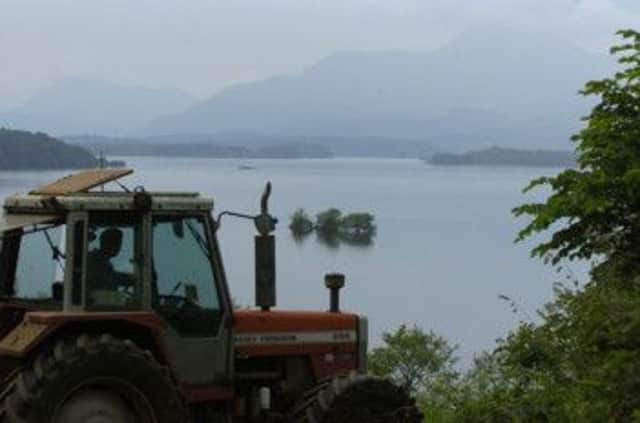Signs of ‘bounce-back’ in 2013 farm incomes


The near-final figures for 2012 published by the National Statistics Authority revealed that overall income dropped by 18 per cent to £700 million, down from £840m in 2011. If the poor weather was to blame, a return to more normal conditions for the second half of 2013 helped performance recover to an estimated £830m, only 5 per cent behind the inflation-adjusted 2011 figure.
However the reliance on support was again made plain, with subsidies accounting for £554m, or 79 per cent of income, in 2012 and £562, or 69 per cent, in 2013.
Advertisement
Hide AdAdvertisement
Hide AdThe report stated that, in terms of the recovery, star performers had included the potato crop which profited from very high prices at the start of the year and then better lifting conditions in autumn. Income from milk also saw an increase, with average prices rising from 27.9p per litre in 2012 to 31.3p in 2013.
However, livestock, which accounted for well over a third of farm output in Scotland, struggled again in 2013 with an estimated 4 per cent drop in value. And despite an easier harvest, cereals – which account for about 15 per cent of output – also saw a reduction on 2012’s figure.
Total costs were estimated to have risen in line with inflation, but there was a large increase in the cost of feedstuffs in the first half of 2013, with feed accounting for 24 per cent of costs, compared to only 17 per cent a decade ago. However, labour costs do not appear to have risen in 2013, and there have been price reductions in red diesel and other fuel.
The authority said that, in the longer term, farming income had been rising steadily since a dip in the late Nineties – and although income in 2012 had proved to be the fourth lowest in the past ten years, 2013 looked set to be provide the second highest.